Mastering PDR for Hail Damage: A Step-by-Step Guide
PDR (Paintless Dent Repair) is an innovative, cost-effective solution for hail damage on vehicles, a…….
In the face of increasing climate variability, natural disasters pose significant challenges to communities worldwide. Among these, hailstorms are particularly devastating, causing substantial property damage, disrupting economies, and posing safety risks. In response to this growing concern, “PDR for Hail Damage” (Pre-Disaster Recovery for Hail) has emerged as a comprehensive approach to enhance resilience, streamline recovery processes, and minimize the impact of such events. This article aims to provide an extensive guide to understanding, implementing, and advancing PDR strategies specifically tailored to address hail damage. By exploring various aspects, from global implications to technological innovations, we will shed light on why this concept is pivotal in shaping a more resilient future.
Definition: PDR for hail damage refers to a proactive and systematic framework designed to prepare communities and infrastructure for the unique challenges posed by hailstorms. It involves a multi-faceted approach that combines disaster preparedness, innovative technology, and efficient recovery practices to minimize the adverse effects of hail on buildings, vehicles, and public spaces.
Core Components:
Risk Assessment: Involves detailed studies to understand hail patterns, intensity, and frequency in specific regions. This data is crucial for identifying vulnerable areas and assets.
Infrastructure Resilience: Focuses on fortifying critical infrastructure like roofs, windows, and transportation networks to withstand hail impact. It includes using impact-resistant materials and construction techniques.
Community Preparedness: Educates residents about hail safety, encourages the purchase of insurance, and promotes community-based emergency response plans.
Technological Solutions: Leverages advanced technologies such as weather forecasting models, damage assessment apps, and robotic repair systems to enhance recovery efficiency.
Policy Integration: Ensures that disaster recovery policies and regulations are aligned with PDR principles, facilitating a seamless and effective response.
Historical Context: The concept of PDR gained prominence in the late 20th century as natural disasters, including severe hailstorms, became more frequent and intense due to climate change. Traditional reactionary approaches to disaster management proved inadequate, prompting researchers and policymakers to explore proactive solutions. PDR for hail damage was born out of this need to create a more adaptive and resilient society.
PDR for hail damage has garnered international attention, with countries adopting and adapting these strategies based on their unique challenges and resources. Here’s an overview of its global impact:
North America: The United States and Canada have been at the forefront of PDR implementation, driven by frequent severe weather events. Cities like Denver and Toronto have pioneered innovative solutions, including advanced roofing technologies and real-time damage assessment systems.
Europe: European countries, particularly those in mountain regions, are susceptible to hailstorms. Germany, for instance, has incorporated PDR principles into its disaster management framework, focusing on building codes and public education.
Asia: With rapidly growing cities and diverse climates, Asia presents unique challenges. Japan, known for its resilience against earthquakes, has started incorporating PDR strategies to address hail damage in urban areas.
Emerging Markets: Countries in Latin America and Africa are also adopting PDR models, often with support from international organizations. Brazil, for example, has implemented community-based disaster preparedness programs inspired by successful PDR practices.
Trends Shaping the Future:
Data-Driven Decision Making: Advanced weather forecasting models and data analytics are becoming indispensable tools for PDR planning, enabling early warnings and more accurate damage predictions.
Smart City Solutions: Urban areas are leveraging smart city technologies, such as IoT sensors and digital infrastructure, to enhance real-time monitoring and response during hail events.
Community Engagement: There is a growing emphasis on empowering communities through education, training, and participation in PDR initiatives, fostering a culture of resilience.
Sustainable Reconstruction: A trend towards using eco-friendly materials and construction methods to build more resilient structures, while minimizing environmental impact.
The economic implications of PDR for hail damage are multifaceted, impacting various sectors:
| Sector Impact | Description |
|---|---|
| Insurance: | The insurance industry plays a crucial role in PDR by providing financial support for recovery. Incentivizing policyholders to adopt resilient practices can lead to reduced claims and more sustainable communities. |
| Construction: | Investing in hail-resistant infrastructure may incur higher initial costs but can result in long-term savings, as demonstrated by case studies showing reduced repair expenses over time. |
| Public Finance: | Governments face the challenge of balancing immediate recovery costs with long-term investments in PDR. Strategic planning and public-private partnerships are essential to ensure fiscal responsibility. |
| Economic Growth: | Effective PDR strategies can stimulate economic growth by minimizing business interruptions, preserving critical infrastructure, and fostering a more stable business environment post-disaster. |
Market Dynamics: The global disaster preparedness market, including hail damage mitigation, is expected to grow at a CAGR of 7.5% from 2022 to 2030, driven by increasing natural disaster frequency and severity. This growth presents opportunities for technology providers, construction companies, and consulting firms specializing in PDR.
Technology is a cornerstone of modern PDR strategies, enhancing preparedness, response, and recovery capabilities. Here’s how key innovations contribute to the field:
Advanced Weather Forecasting: Accurate weather models predict hail events, allowing for early warnings and more effective evacuation plans. Tools like the Global Forecast System (GFS) and local meteorological services play a vital role in PDR planning.
Remote Sensing and Drones: Satellite imagery and drones provide post-disaster damage assessment, offering bird’s-eye views of affected areas. This technology enables rapid identification of critical infrastructure needs and facilitates targeted aid distribution.
Robotic Repair Systems: Robots equipped with repair tools can conduct initial assessments and perform simple repairs, such as board-up and tarping, expediting recovery efforts. Companies like BlueBot Robotics are pioneering these solutions.
Digital Twin Technology: Creating digital replicas of physical assets allows for virtual testing of PDR scenarios, enabling better-informed decision-making and resource allocation.
AI-Powered Damage Assessment: Artificial Intelligence (AI) algorithms analyze damage patterns from aerial and satellite imagery, helping insurance companies process claims faster and assess overall damage extent.
Policymakers play a pivotal role in shaping PDR practices through legislation and regulatory frameworks. Key considerations include:
Disaster Management Laws: National and local governments should incorporate PDR principles into disaster management acts, ensuring a coordinated response and long-term recovery strategies.
Building Codes and Standards: Implementing strict building codes that mandate hail-resistant construction materials and designs is essential for new infrastructure development.
Insurance Regulations: Insurance policies should be designed to encourage PDR adoption by offering incentives or discounts for communities with robust disaster preparedness plans.
Public-Private Partnerships: Collaboration between governments, private sector entities, and non-profit organizations facilitates knowledge sharing, resource mobilization, and innovative solution development.
Despite its potential, PDR for hail damage faces several challenges that require thoughtful strategies to overcome:
Initial Implementation Costs: Upfront investment in resilient infrastructure and technology can be significant, posing financial hurdles for communities and governments. Address this by offering incentives, grants, and public-private partnerships.
Resistance to Change: Community acceptance and buy-in are essential for PDR success. Some residents may resist changes to traditional building practices or refuse to participate in preparedness programs. Public education campaigns and community engagement initiatives can help alleviate these concerns.
Data Accessibility and Quality: Accurate data on hail patterns, damage assessment, and recovery costs is crucial but often lacking in developing regions. Improving data collection methods and sharing best practices can enhance PDR capabilities globally.
Regulatory Hurdles: Inconsistent or conflicting regulations across jurisdictions can hinder the implementation of uniform PDR standards. Harmonizing policies and promoting inter-regional cooperation are necessary to streamline processes.
Denver has been hit by severe hailstorms, with a notable event in 2017 causing widespread damage. The city’s PDR approach involved several key strategies:
Advanced Roofing Standards: Denver updated its building codes to mandate impact-resistant roofing materials and designs, reducing the severity of hail damage to structures.
Community Education Programs: The “Be Prepared Denver” campaign educated residents on hail safety, insurance options, and emergency preparedness, leading to increased community resilience.
Real-Time Damage Assessment: The city deployed a mobile app, “Denver Hail Report,” allowing citizens to instantly share hail damage photos and locations, enabling faster response times for emergency services.
Tokyo, facing frequent hailstorms, has implemented a comprehensive PDR strategy that combines technological innovation with strong community engagement:
Smart City Solutions: Tokyo utilizes IoT sensors to monitor weather conditions and trigger automated responses, such as shelter alerts and street lighting adjustments, during severe weather events.
Community-Based Preparedness: The “Tokyo Disaster Prevention Network” connects citizens, local businesses, and government agencies, fostering a culture of mutual aid and rapid response.
Robotic Repair Teams: Following major hailstorms, Tokyo deploys robotic repair squads to assess and fix damage on public infrastructure, ensuring faster recovery for affected areas.
The field of PDR for hail damage is poised for significant growth and evolution, driven by technological advancements and a growing awareness of climate change impacts. Here are some potential areas of focus:
AI-Driven Risk Assessment: Leveraging AI and machine learning algorithms to analyze historical data, weather patterns, and geographical features will enhance hail risk assessment accuracy and enable more precise PDR planning.
Sustainable Construction Practices: The future of PDR will increasingly involve adopting eco-friendly materials and construction methods, ensuring resilience without environmental degradation.
Integration with Smart Cities: As cities continue to embrace smart technology, PDR strategies will be seamlessly integrated into urban infrastructure, enabling real-time monitoring, automated responses, and efficient recovery processes.
Global Knowledge Sharing Platforms: Establishing digital platforms for knowledge exchange will facilitate the sharing of best practices, case studies, and technological innovations among countries worldwide.
PDR for hail damage represents a transformative approach to disaster management, empowering communities, and infrastructure to better withstand severe weather events. By combining historical insights, technological advancements, and community engagement, this concept offers a comprehensive solution to minimize the impact of hail damage. As we navigate an increasingly unpredictable climate, PDR becomes not just an option but a necessity for ensuring resilience, sustainability, and economic viability in affected regions worldwide.
Q: How does PDR differ from traditional disaster response?
A: Traditional disaster response focuses on immediate relief and recovery after an event. In contrast, PDR is a proactive approach that involves planning, preparation, and strengthening infrastructure and communities before a hailstorm occurs, leading to more efficient and effective post-event recovery.
Q: What are the key benefits of implementing PDR?
A: PDR offers multiple advantages, including reduced property damage, faster recovery times, lower insurance claims costs, enhanced community resilience, and better utilization of resources, ultimately contributing to a more stable and sustainable society.
Q: How can communities get involved in PDR initiatives?
A: Communities can participate by educating themselves about hail safety, purchasing appropriate insurance coverage, attending local preparedness events, and volunteering for neighborhood watch programs or mutual aid groups. Local governments play a vital role in providing resources and organizing these efforts.
Q: What are some initial steps for cities to start their PDR journey?
A: Cities can begin by conducting comprehensive risk assessments, updating building codes, investing in advanced weather forecasting systems, and launching public education campaigns. Collaborating with local universities, technology providers, and insurance companies can also accelerate the implementation of effective PDR strategies.
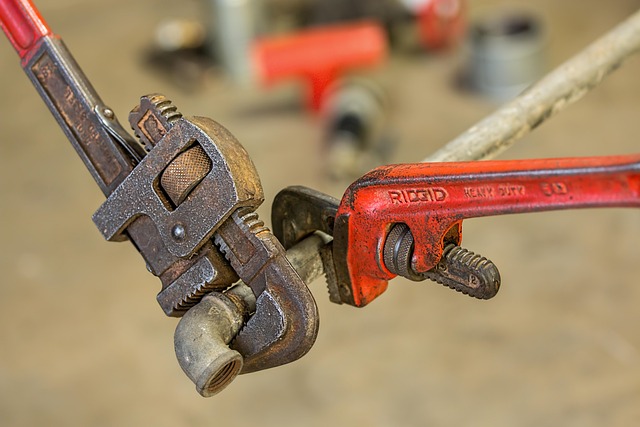
PDR (Paintless Dent Repair) is an innovative, cost-effective solution for hail damage on vehicles, a…….

PDR for hail damage is an eco-friendly and cost-effective collision repair technique, minimizing res…….

PDR (Paintless Dent Repair) revolutionizes auto collision repair by offering a faster, cost-effectiv…….

Hail damage poses a significant threat to vehicles worldwide, causing substantial economic losses an…….
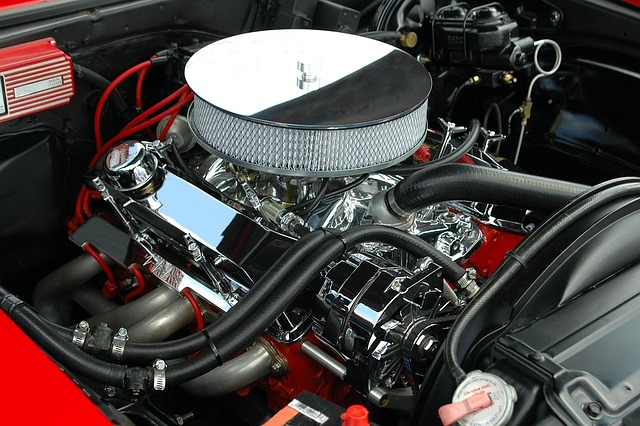
Hail damage poses significant aesthetic and structural risks to vehicles, prompting a focus on effic…….

PDR (Paintless Dent Repair) is an eco-friendly and cost-effective solution for hail damage on vehicl…….
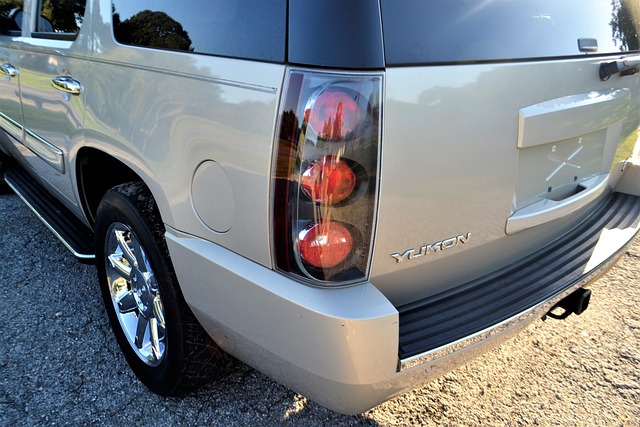
PDR for hail damage is an efficient, cost-effective solution using specialized tools to gently press…….
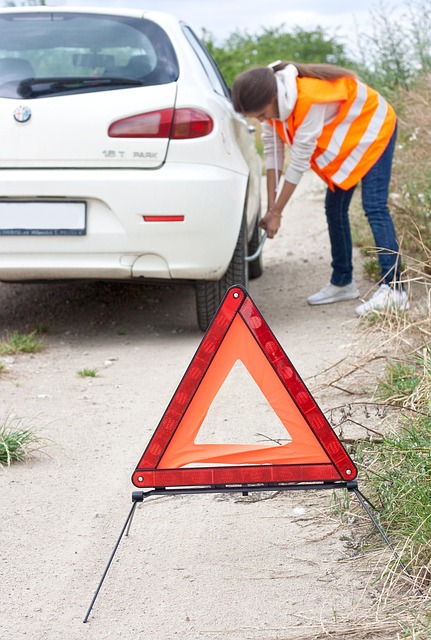
Before PDR for hail damage appointments, meticulously assess vehicles for dings, dents, and cracks u…….
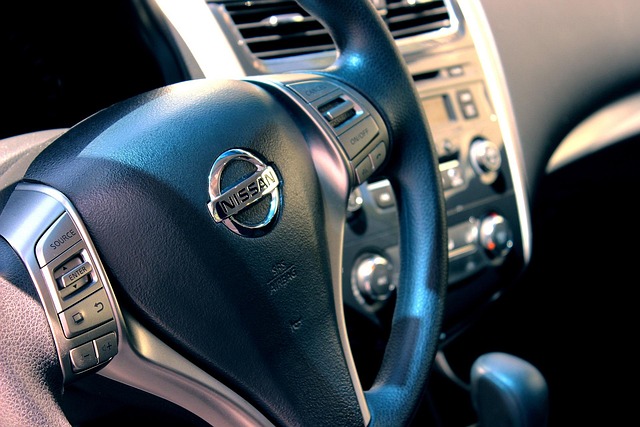
PDR (Paintless Dent Repair) is a specialized car repair method for hail damage, using gentle pressin…….

PDR (Paintless Dent Repair) is a modern, cost-effective solution for hail damage on vehicles, offeri…….